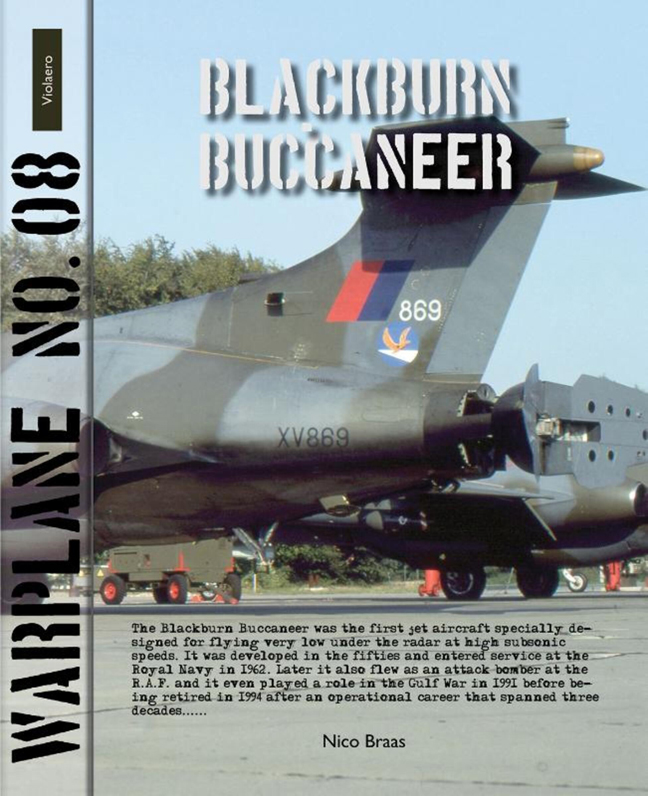Book contents
- Frontmatter
- Introduction
- In service at the royal navy
- Buccaneer Photo-Recce crate
- South African nuclear bombers
- In service at the R.A.F. … at last
- Martel Missile (AJ.168) (AS.37)
- WE177 nuclear bomb
- The Buccaneer goes to war
- Museum piece
- Final phase out and retirement
- Sub-versions S.2:
- Accidents and Incidents
- Survivors
- Technical Description
- References
- Credits
Final phase out and retirement
Published online by Cambridge University Press: 20 February 2024
- Frontmatter
- Introduction
- In service at the royal navy
- Buccaneer Photo-Recce crate
- South African nuclear bombers
- In service at the R.A.F. … at last
- Martel Missile (AJ.168) (AS.37)
- WE177 nuclear bomb
- The Buccaneer goes to war
- Museum piece
- Final phase out and retirement
- Sub-versions S.2:
- Accidents and Incidents
- Survivors
- Technical Description
- References
- Credits
Summary
When the Gulf war started, only the operational R.A.F. squadrons, nos. 12 and 208 and no. 237 OCU still had Buccaneers on their strength and many of the 60 still in service after the metal fatigue problem was solved were by that time already retired. The few remaining Royal Navy Buccaneers were retired some years earlier and replaced by the Sea Harrier (which is now also phased out!). In spite of the successes in the Gulf War, the Buccaneer was withdrawn from service and replaced with the Tornado. By mid-1993 no. 208 Squadron had become the only operational user of the type. The last Buccaneers were withdrawn in March 1994 when 208 Squadron was disbanded. The three Buccaneers from the Ministry of Defence flying at the R.A.E. for weapons were used until 1985. They were: XV344, XW987 and XW988.
XV344 went to Farnborough, where it still is on static display. XW987 and XW988 were withdrawn from flying status in 1985 and acquired by aviation enthusiast Mike Beachy Head in South Africa. Both were still in airworthy conditions and received in South Africa the civil registration ZU-BCR and ZU-AVI. They were operated by Thunder City in Cape Town, together with Buccaneer S.2B XW986 (ZU-NIP) in the airshow circuit, but in 2011 all three machines were offered for sale when Thunder City closed its gates because of the bad economic prospects. ZU-NIP is currently owned by Ian Pringle. It is still in airworthy condition as has flown at an airshow in February 2012 together with ZU-BCR! All three Buccaneers are still offered for sale!
Versions and production list
The first three NA.39 prototypes XK486- XK488 were purely intended for aerodynamic research and were in fact ‘flying shells’ without any military equipment. XK489 and XK490 were already navalized with folding wings and an arrester hook. Further they carried provisions for future armament testing and a modified nose for radar testing. XK491 and the first NA.39 pre-production aircraft were fitted with autopilot, and an enlarged nose for the final operational radar system All Buccaneers were produced at the Blackburn production facilities at Brough, near Kingston-upon-Hill.
- Type
- Chapter
- Information
- Blackburn Buccaneer , pp. 39 - 40Publisher: Amsterdam University PressPrint publication year: 2014



